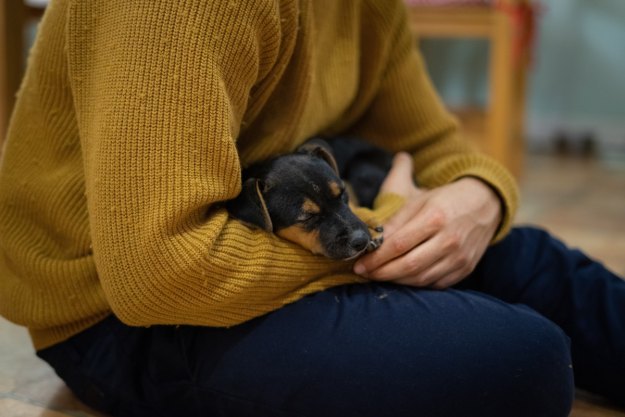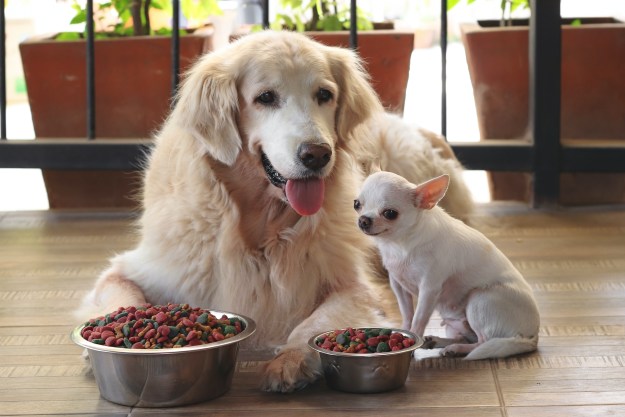Valentine’s Day celebrates love. Whether you’re single or with someone special, let’s share a secret between friends: Your dog is your main squeeze. Your pooch’s unconditional love and snuggles have helped you get through challenging times, and their one-of-a-kind personality has improved your brightest days.
Showering your dog with love on Valentine’s Day is a no-brainer. However, what should you do for the dog that has given you everything and so much more? Even these days — where news of shortages dominates the headlines — there are so many dog Valentine’s Day activities you and your furry best friend can enjoy this year. Choose one, or consider ditching work and treating your pup to a day of dog pampering and memories.
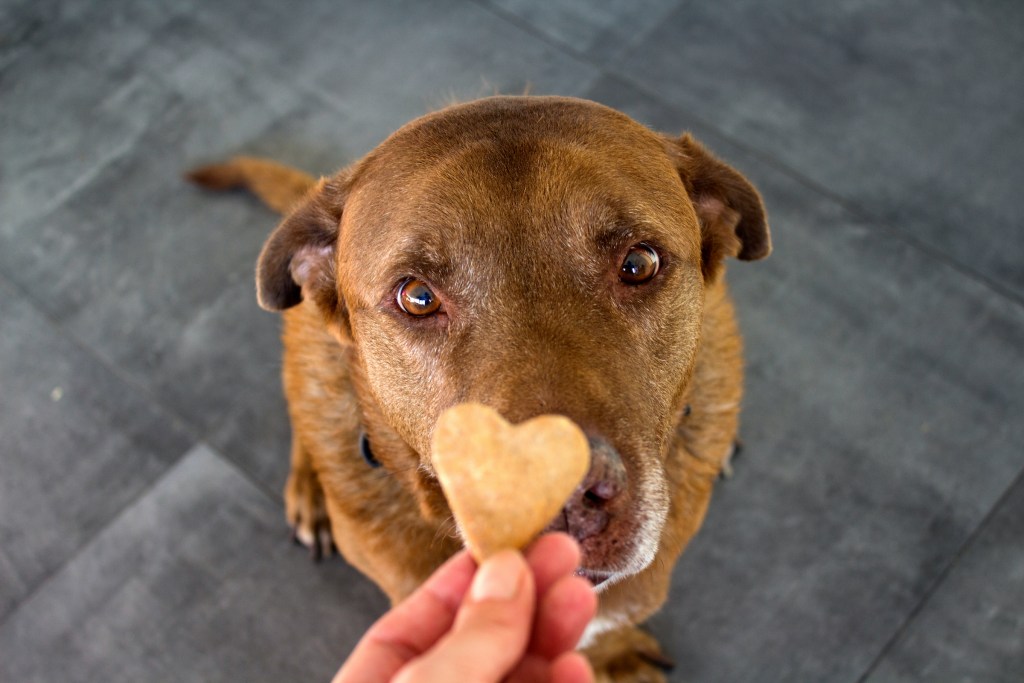
Make Valentine’s Day treats for your dog
Cookie decorating is a favorite Valentine’s Day activity for (human) kids and parents to try together. Your pup may not be able to partake in the decorating, but the eating? They’re probably game. For example, you might try making dog biscuits with meat. However, swap the dog bone cookie cutter for a heart. Your pup may devour it too quickly to notice, but your dog-loving friends will get a kick out of the photo if you post it on social media. Rest assured — your dog will be grateful for the tasty treat.
If your dog has any conditions, like diabetes, or your vet has instructed that they shed some pounds, be sure to talk to your pet’s doctor first. Sometimes, tough love is best for our furry little ones.
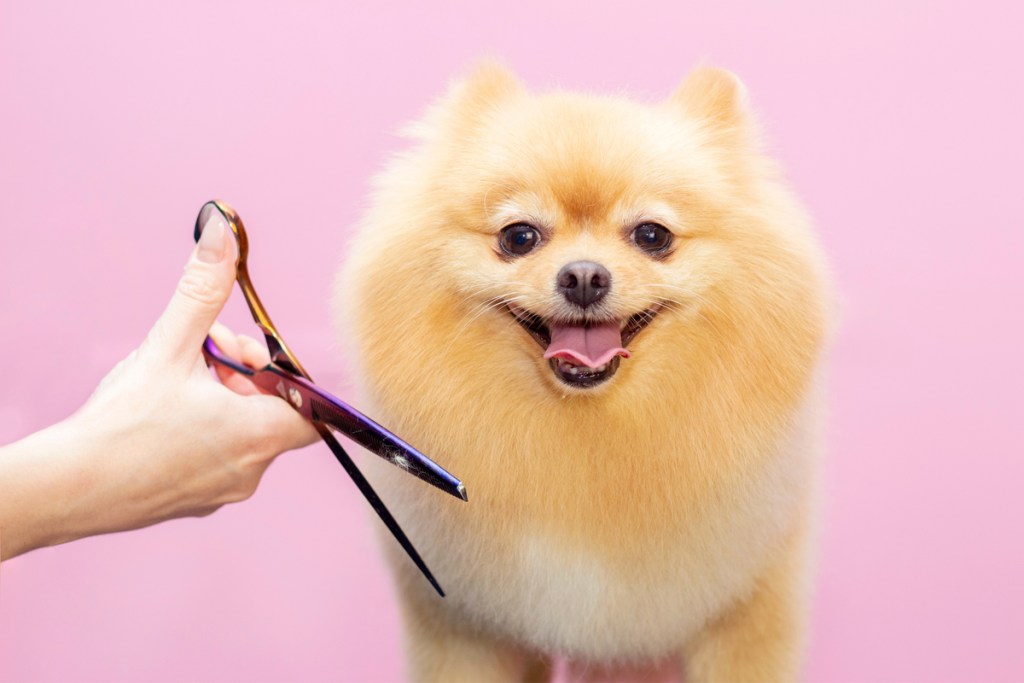
Have a dog pampering session at a spa
Forget wrestling with your dog to get them into the bath or trim their nails. Modern doggie day spas turn stressful hygiene into dog pampering sessions. Pros can trim their nails, ensuring their paws are ready for walks and play sessions, and they can bathe them in low-stress settings. Some even offer massages, cuddle time, and treat puzzles to give the mind (and taste buds) TLC.
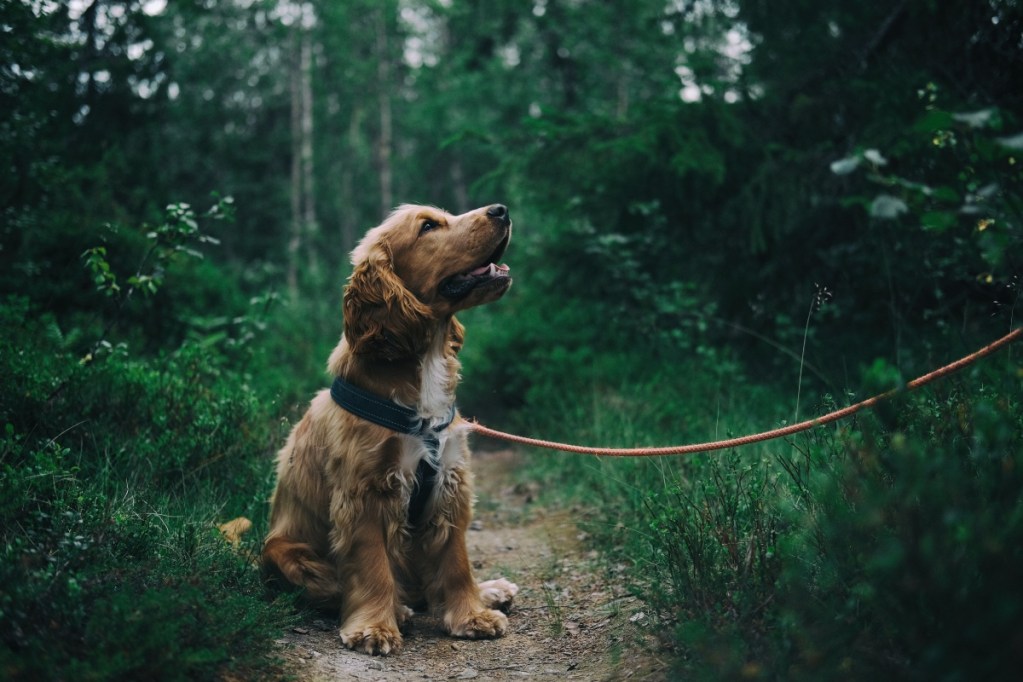
Take a walk in their favorite place
One of the best parts of having a dog? You don’t have to orchestrate a day with every Instagrammable bell and whistle. They’re happy just to spend time with you while getting fresh air. If there’s a special place the two of you love, like the park down the street, head out there for an extended walk. Bonus points if you invite some of their nearest and dearest friends to turn Valentine’s Day into a doggie playdate (you’ll get to socialize, too).
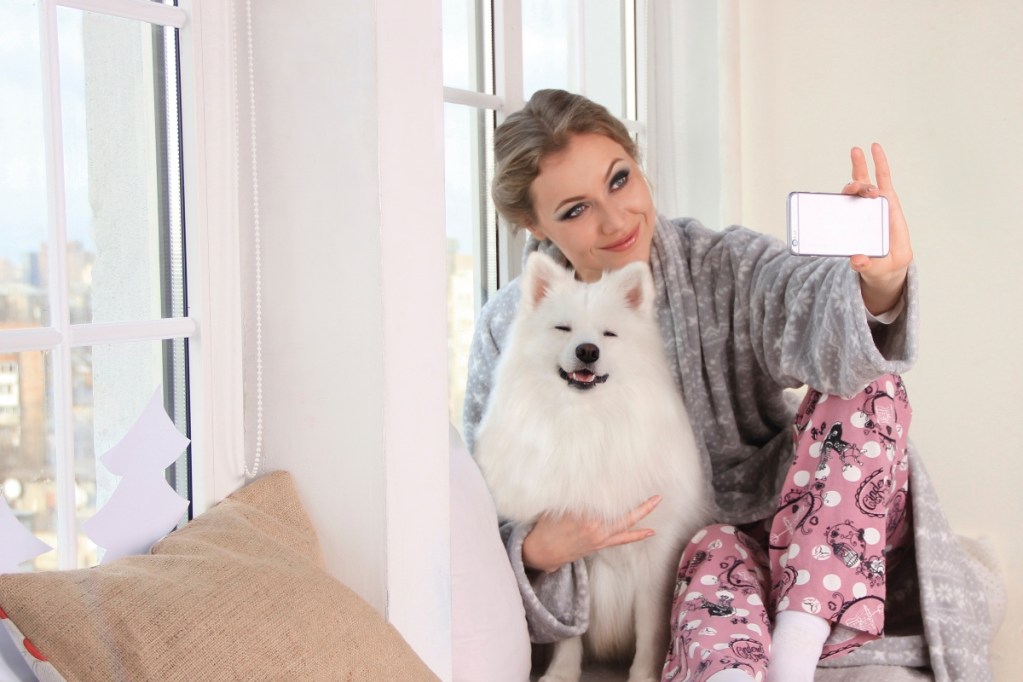
Have a fun photoshoot
Social media fame isn’t necessarily something your dog is after. But putting them in a fun outfit or even just a bandana and finding an outfit to match can be fun. Hire a professional photographer, or just cuddle up on the couch and have a selfie photoshoot. Don’t settle for just posting them on the ‘gram. You can get the photos printed through services like Shutterfly or at your local pharmacy and hang them in your home to show off your bond.
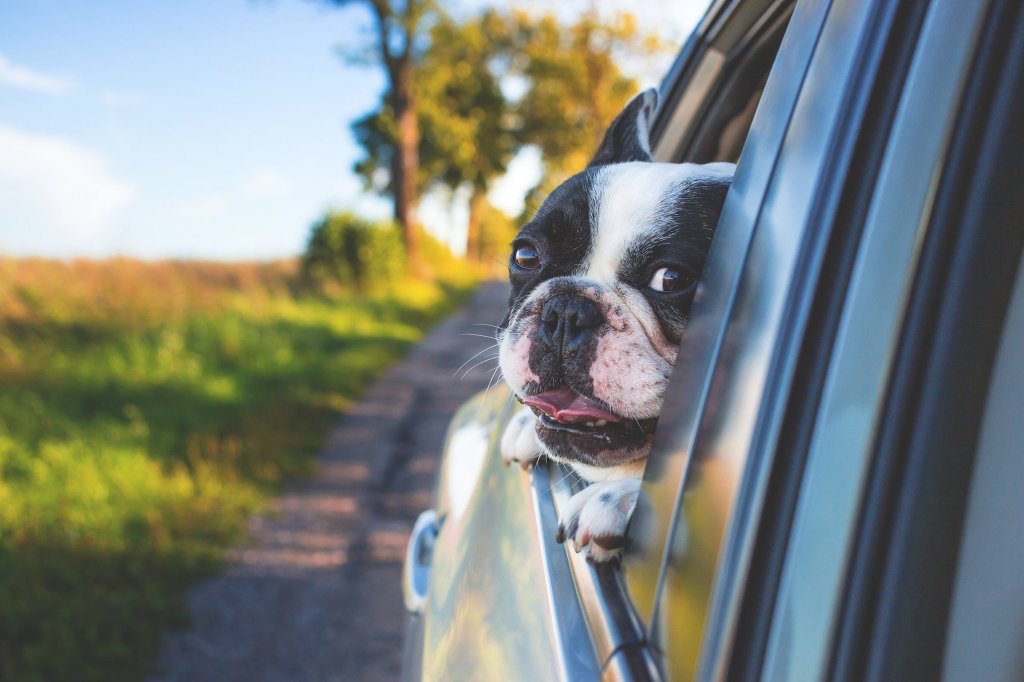
Hit the road
Walks are great. However, when you pick up the car keys, some dogs’ tails wag a million miles per minute. Plan to take a road trip — either to a place you’ve always wanted to visit with your dog or nowhere in particular. Even cruising around the block will make a car-loving dog feel adored on Valentine’s Day, especially since you’re in the driver’s seat.
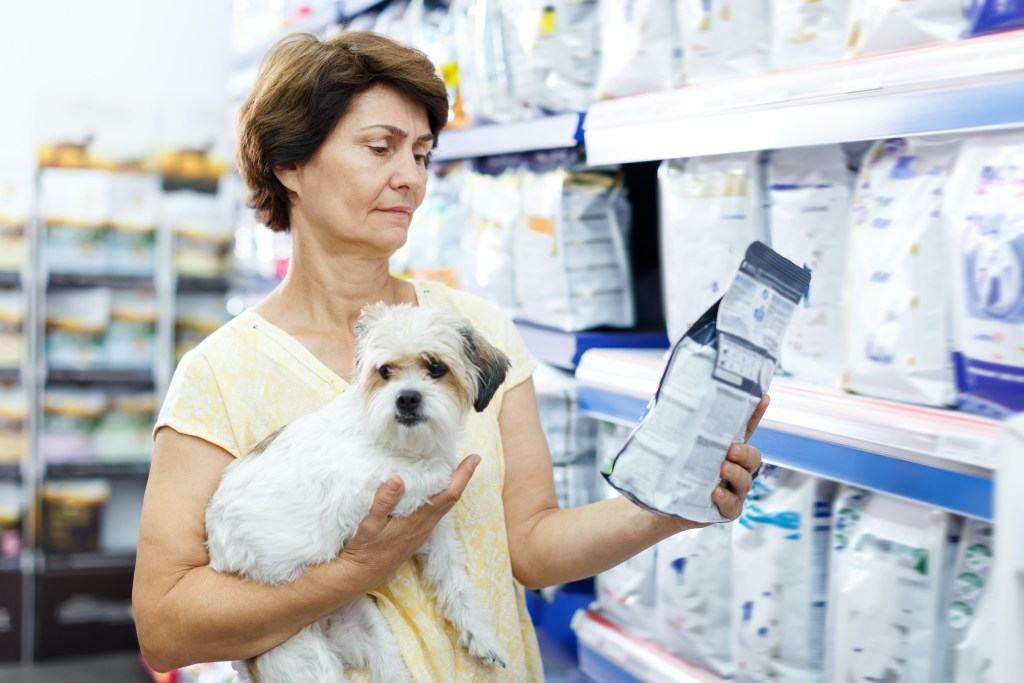
Go shopping together
Plenty of pet boutiques and big-box retailers like Petco and PetSmart let dogs inside to browse the shelves. Instead of taking your best guess at what Valentine’s Day gift your pet will love, let them choose it. It’ll also serve as a bonding session and a way to beat winter cabin fever. No shame if you completely spoil your pet by letting them pick five gifts instead of one. Some boutiques may allow dogs to taste test treats, too.
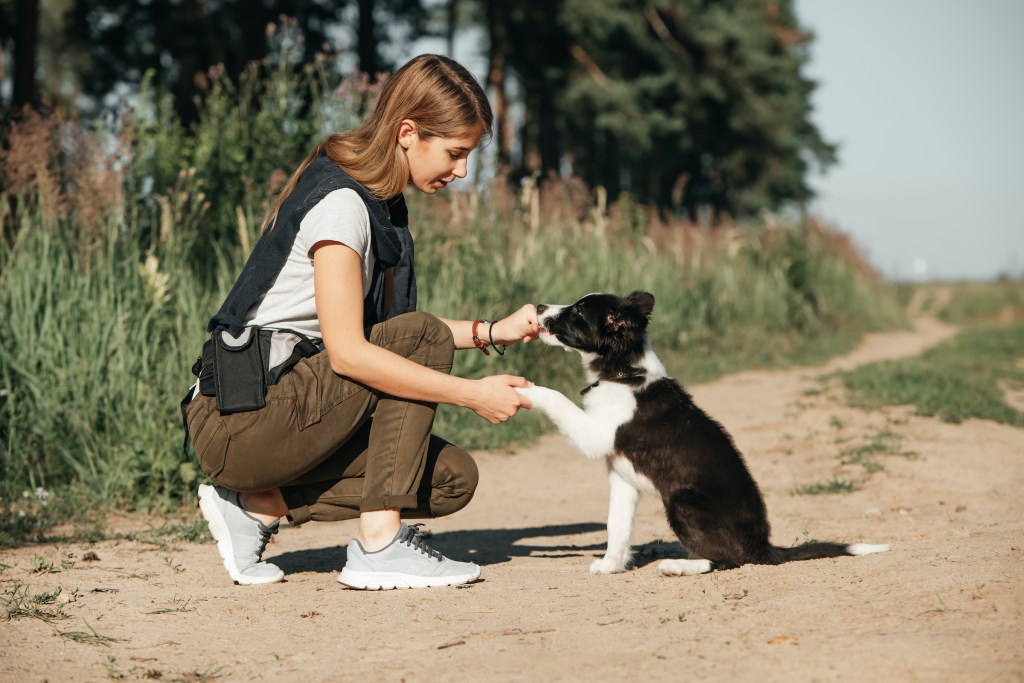
Teach your dog a new trick
The idea that you can’t teach an old dog a new trick has long been debunked. Try teaching your dog something new, like rolling over or catching a treat or toy midair. Alternatively, you can use it as a way to brush up on basics like sitting, staying, and coming. Training can help boost your dog’s self-esteem, enhance your bond, and serve as an excuse to give them some extra holiday treats.
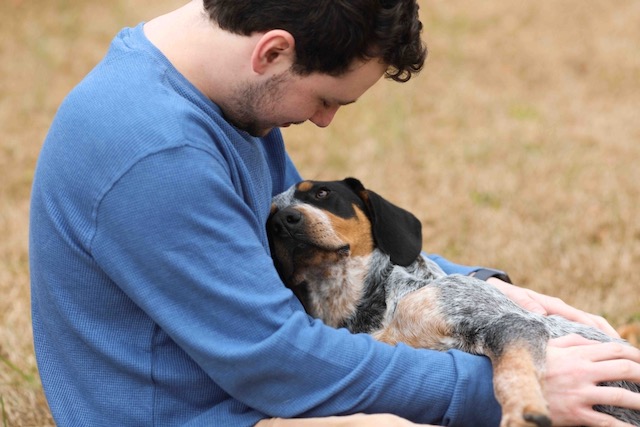
Valentine’s Day dog activities make for a fun way to celebrate the love you have for your pet. There are tons of creative ideas to try — truly, something for every pet-and-parent pair. Pamper your pooch with a paw-di-cure at a local day spa, complete with a 10-minute massage add-on. You can also make treats or dole them out as you teach your dog a new trick or review basic commands together.
Other ideas include road trips or a walk in a favorite place — or to a store to pick out toys and treats with your pet’s input. Taking photos to document your love can also be a cool, if not slightly silly, bonding activity that forever captures the fun you had this Valentine’s Day. Ultimately, your dog just wants to spend time with you on Valentine’s Day (and every day).
Editors' Recommendations
- 5 surefire ways to keep your dog off your bed and get a good night’s sleep
- Are ‘dog years’ really 7 human years? How to calculate your dog’s age
- How to tell if your older dog’s health decline means the end is near
- Video: This family dog is the world’s best babysitter
- Is your dog barking nonstop? Here’s how to get your noisy pup under control


